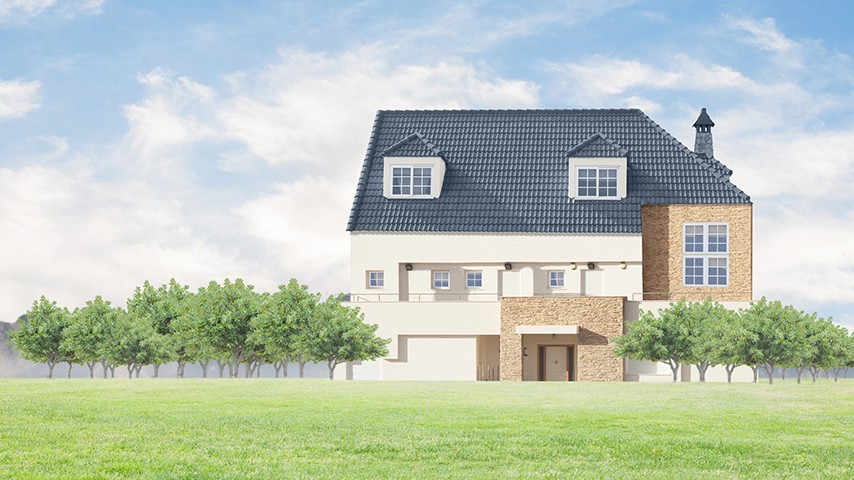A green home is a home that has been built or renovated to conserve energy or water, improve indoor air quality, use sustainable materials, recycle, and produce less waste.
A green home is a home that is environmentally friendly and sustainably designed, and also considers the use of energy, water, and building materials and its impact. The global green home has a wide variety of components. There are no national standards for the components of a green renovation beyond the non-profit certification. In general, a green home is one that is built or renovated to maintain "energy or water, to improve indoor air quality; to use sustainable, recycled or used materials; and to produce less waste in the process." This may include purchasing energy-efficient appliances or using special building materials that are more efficient at keeping hot and cold air inside the structure.
The major modern principle that gave rise to the green construction movement began in the 1970s after oil prices began to rise sharply. In response, researchers began searching for energy-efficient processes that led to the revival of the recent environmental movement. In the 1990s, many different organizations were dedicated to promoting green homes as well as improving consumer knowledge and awareness, so that they could benefit from more green homes. The International Association of Regulators and the National Association of green home Builders began formal procedures in 2006 to establish a "voluntary green home building standard." The Energy Policy Act was passed in 2005 to reduce taxes on homeowners who can demonstrate the use of energy efficient modifications, such as solar panels and other solar energy devices in their homes.
The advantages of green home are:
- Use of natural energy in daily consumption
- Use of waste and effluent in the production of water required for irrigation of green space
- Pay attention to the environment and help preserve it
- Improving the climate and preventing the negative effects of construction on the environment
- Use of non-chemical recyclable materials and materials that do not endanger human health
- Apply appropriate methods to reduce or control wasted energy and optimize energy consumption
- Attention to the climatic properties of the region
- Use natural plants as live design inspiration
- Design with materials close to nature
- Pay attention to the ecological character of the area
- Avoid damaging the condition of the land for more profit
-
Tags:
- Green Home ,
- Benefits of Green Home ,
- Natural Energy ,
- Waste ,
- Wastewater ,
- Environment ,
- Green Space

